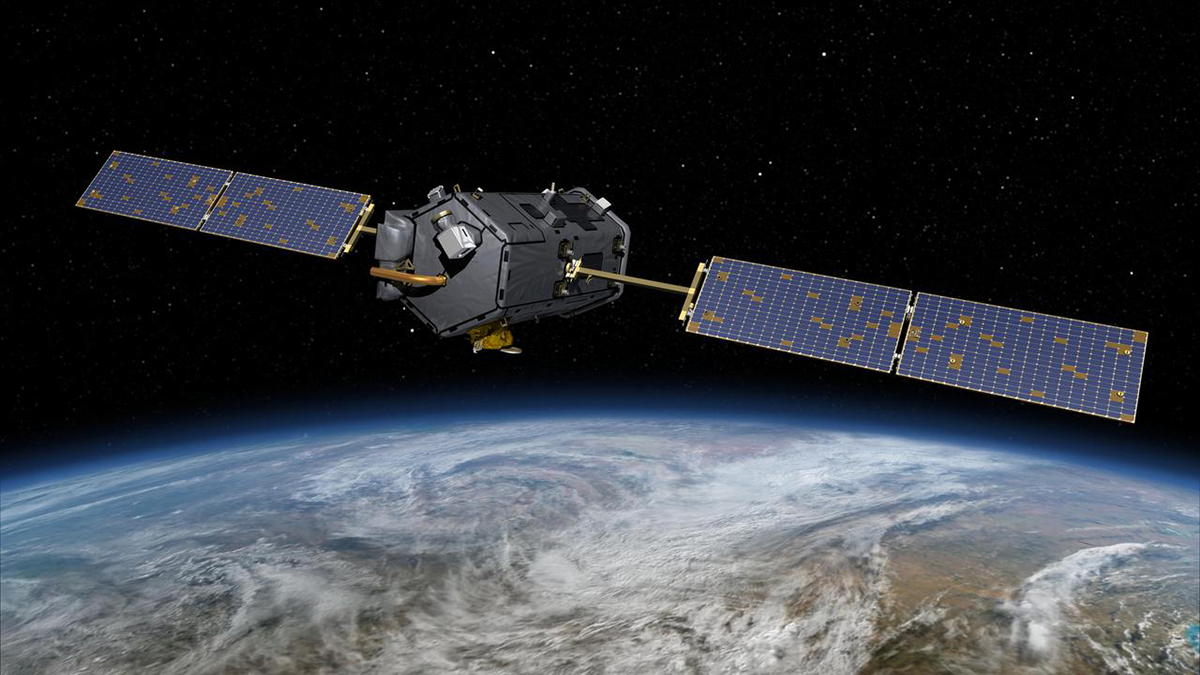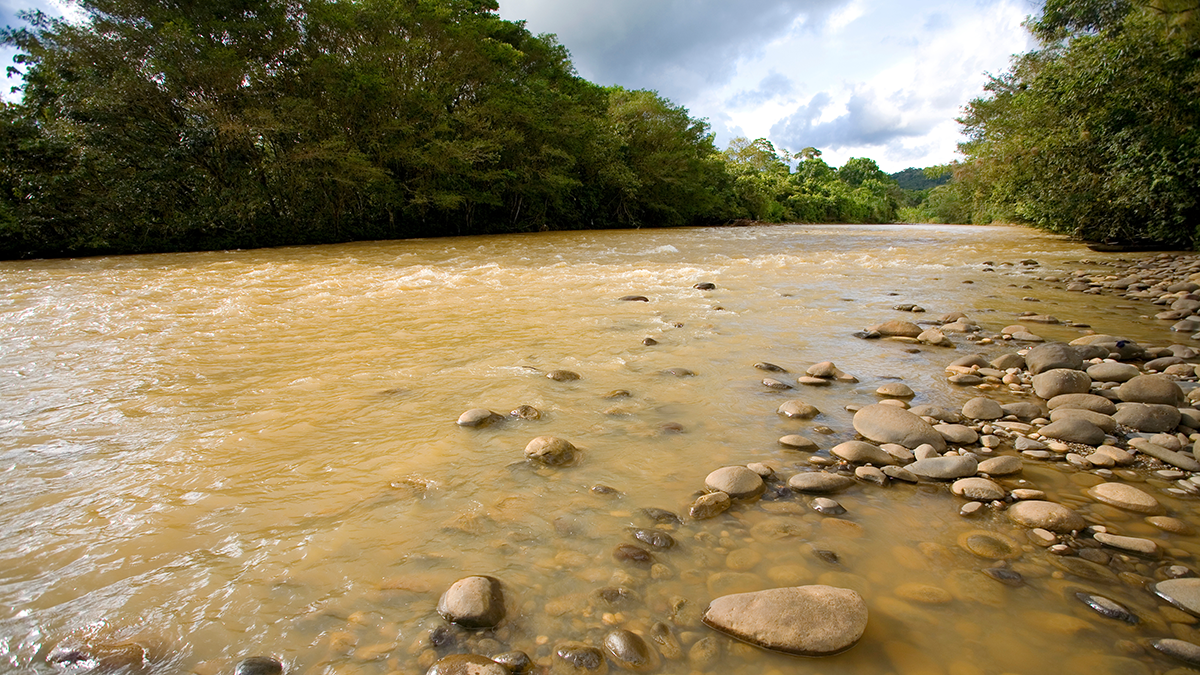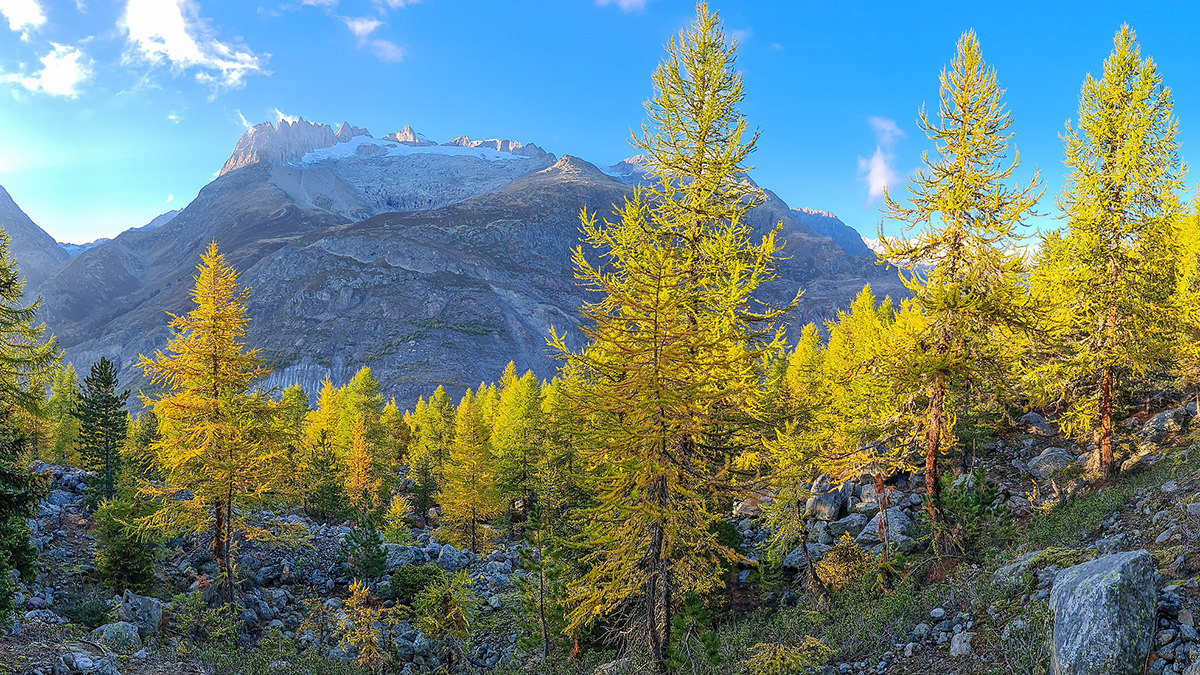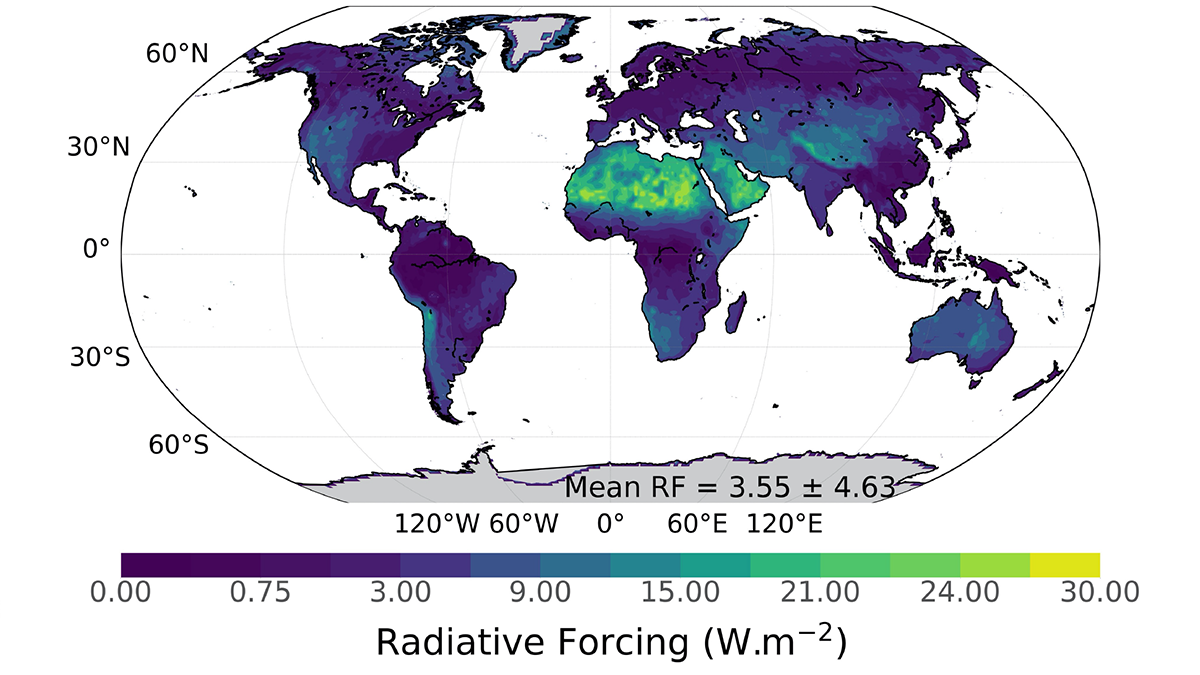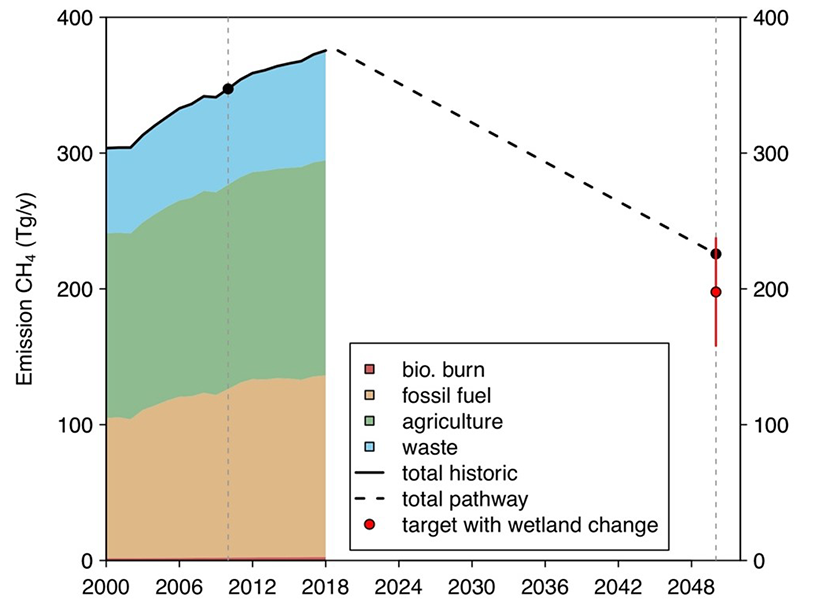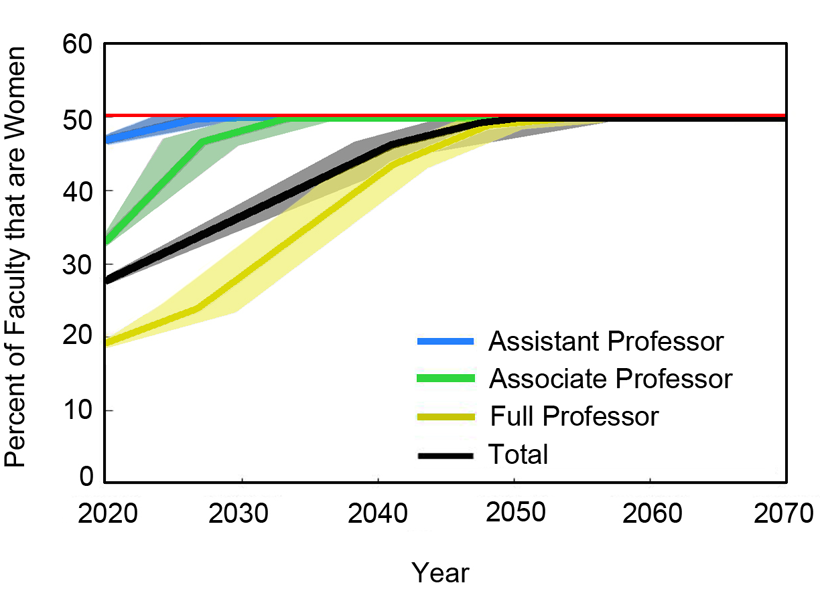NASA’s Orbiting Carbon Observatory-2 satellite reveals an impressively dynamic picture of the Earth’s carbon cycle, yet it may be prematurely decommissioned and destroyed due to budget cuts.
Eric Davidson
Eric Davidson is Past President of the American Geophysical Union (AGU) and director and professor of the Appalachian Laboratory of the University of Maryland Center for Environmental Science. Previously, he served as president and executive director at the Woods Hole Research Center, where he worked as a scientist since 1991.
His research interests are in biogeochemistry and include studying the exchange of plant nutrients from the land to streams and groundwater and the exchange of greenhouse gases between the soil and the atmosphere. Eric has held postdoctoral positions in soil microbiology and biogeochemistry at the University of California, Berkeley and the NASA Ames Research Center. He is a member of the Ecological Society of America and the Soil Science Society of America, as well as a Fellow of the American Association for the Advancement of Science.
Eric previously served as the president of the Biogeosciences section of AGU. He holds a bachelor’s degree in biology from Oberlin College and a Ph.D. in forestry from North Carolina State University.
Old Forests in a New Climate
It’s usually cooler under a forest than outside the forest, but that natural temperature buffering didn’t make global warming any less strong during the last 45 years in an old-growth forest of Oregon.
Physics and Biology as Likely Stream Bedfellows
Streambeds are key sites for removal of nutrients and other contaminants through microbial processes, but are limited by diffusion, which can now be modeled from streambed physical properties.
Are the Geosciences Failing Their Qualifying Exam Goals?
Scientists favor data-driven reasoning but administer graduate student qualifying exams with surprisingly little guiding data. Re-examining these exams may advance educational equity and quality.
Grow-Fast-Die-Young Strategy Increases Swiss Forest Biomass
Climate change and CO2 fertilization can increase both growth and mortality of trees. The net effect on forest biomass depends on that trade-off, which long-term studies in Switzerland reveal.
Sensing the Color of Soil for Climate Modeling
The color of soil reflecting the Sun’s rays affects the Earth’s climate and water cycle. Using satellite data that senses many wavelengths improves soil reflectivity estimates, especially in deserts.
Roadside Plants Witness COVID Traffic
Radiocarbon in roadside plants revealed a decline in auto emissions during COVID lockdown and a 2021 rebound. Could this improve emission estimates in countries without CO2 monitoring infrastructure?
Good Trouble in Committees
Assigned to another committee? “Ugh,” you say. Think again, and read this article to see how that committee could be an engine of diversity for your organization and for the geosciences.
Bottom-up Meets Top-down Estimates of Wetland Methane Emissions
An innovative integration of models and satellite observations indicates weak temperature sensitivity of CH4 emissions from tropical wetlands, but temperature sensitivity is high at higher latitudes.
Steady but Slow Progress on the Long Road Towards Gender Parity
The historic disproportionate attrition of women among geoscience faculty is decreasing, but how long will it take to reach gender parity if current trends of progress continue?

